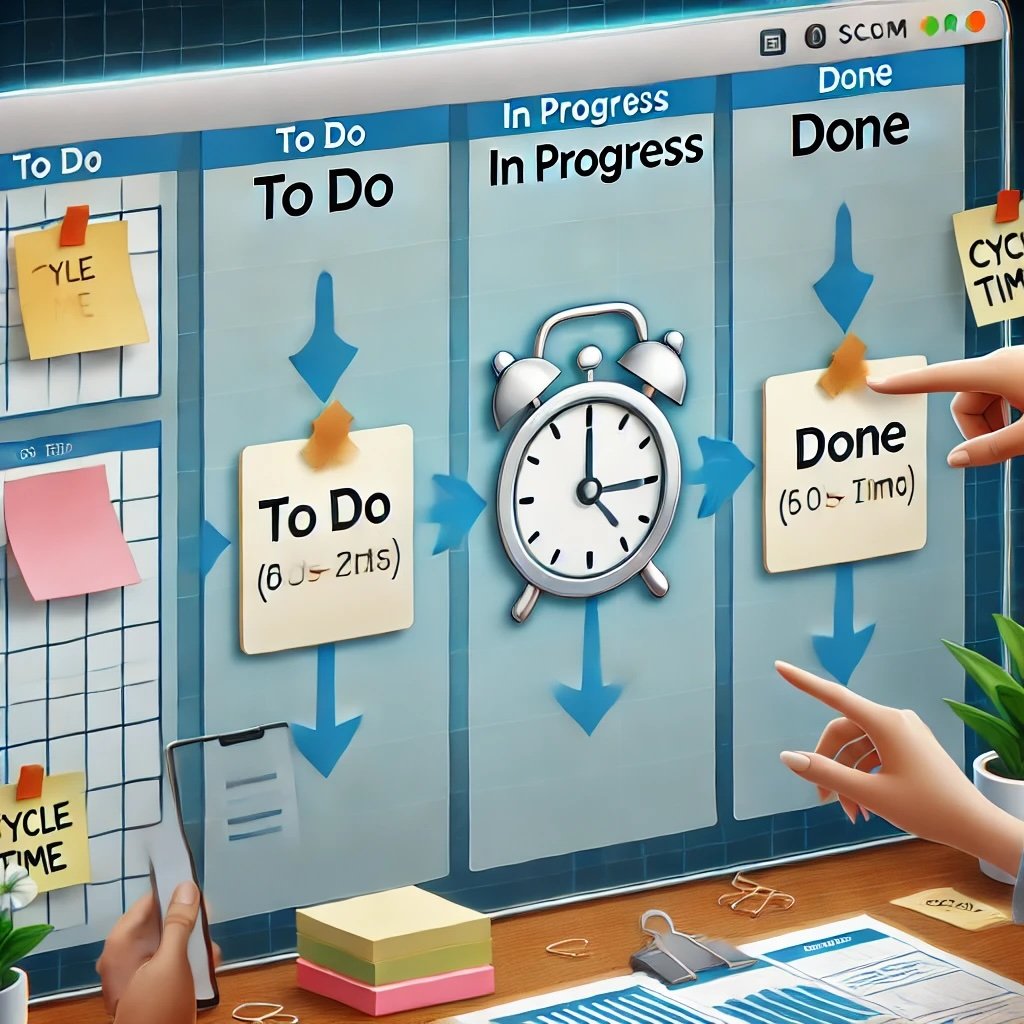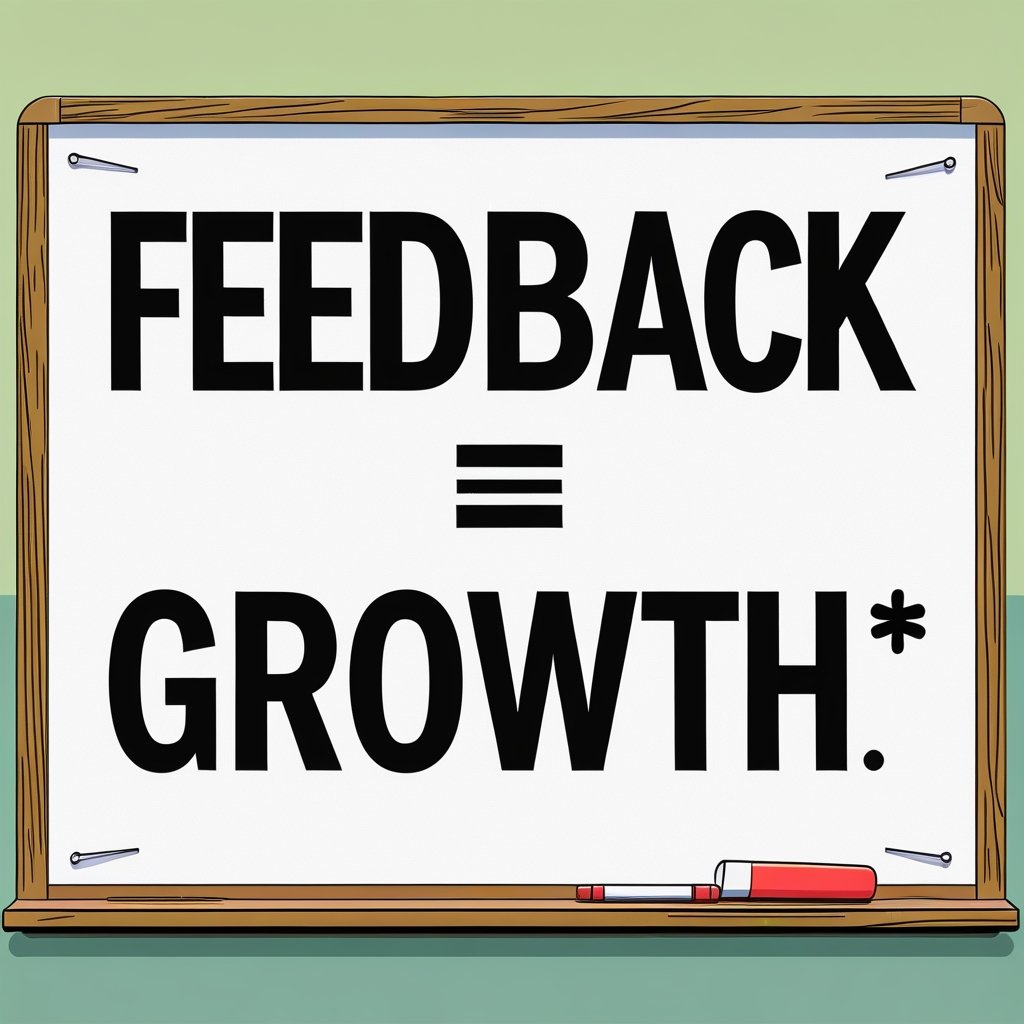
Why Scrum Teams Should Track Cycle Time (And How to Improve It)
In Agile, cycle time is key to effectiveness and value delivery. This metric, from task start to deployment, affects productivity and customer satisfaction. Measuring cycle time helps identify bottlenecks, streamline processes, and improve collaboration. Embrace it to empower teams in optimizing workflows. Break free from constraints and unleash your team's potential.

The Power of Product Goals: Aligning Teams for Maximum Impact
Product goals act as a compass, guiding teams toward meaningful outcomes. In Agile, it's easy to lose sight of tasks and deliverables. Clear, measurable product goals enhance focus and motivate teams. When members see how their work supports the vision, they are empowered to innovate and deliver valuable outcomes. Keep the end goal in sight, and watch challenges become powerful results.

Outcomes Over Output: Why Getting More Done Isn’t the Same as Delivering Value
Many organizations prioritize output—features and deadlines—over true customer value, represented by outcomes. Focusing on outcomes requires understanding real-world effects and asking critical questions: Are we solving problems? Is user satisfaction met? Prioritizing outcomes aligns teams, fosters innovation, and creates lasting value. Output is just a stepping stone; outcomes fuel growth. Choose wisely for your business to thrive.

How to Use Metrics to Track and Improve Retention
Employee retention isn’t just about keeping people—it’s about understanding why they stay. Tracking key retention metrics can reveal hidden risks, improve engagement, and help you stop talent loss before it happens. This guide breaks down five essential retention KPIs and how to use them effectively.

How to Empower Teams Without Losing Control
Giving teams autonomy doesn’t mean losing control—it means leading differently. Structured empowerment allows teams to own their work while staying aligned with company goals. This post breaks down five key strategies to delegate effectively while keeping teams accountable.

How to Foster Trust and Psychological Safety in Your Team
Great teams aren’t just built on skills—they’re built on trust. When employees feel safe to speak up, take risks, and be themselves, engagement, innovation, and retention skyrocket. This post outlines five practical steps to foster trust and psychological safety in your team.

How to Create Career Growth Plans That Retain Top Talent
Retention isn’t about keeping employees where they are—it’s about showing them where they can go next. Career growth plans give top talent a clear path forward, increasing engagement and long-term commitment. This post walks through five essential steps to build career paths that inspire and retain employees.

How to Conduct a Stay Interview: Questions That Uncover the Truth
Most leaders ask employees why they’re leaving—but the real question is: Why are they staying? Stay interviews help uncover what keeps employees engaged and what might push them away. This post provides a step-by-step framework for conducting stay interviews that lead to real retention strategies.

How to Tie Employee Roles to Organizational Purpose
Most employees don’t quit because of their job—they quit because they don’t see how their work matters. Leaders who bridge the gap between tasks and purpose create teams that are more engaged, innovative, and loyal. In this post, we’ll break down five actionable steps to help employees see the impact of their work—and how it connects to your company’s success.

How to Build a Retention Strategy That Works
If you’re waiting for exit interviews to figure out why employees leave, you’re too late. A strong retention strategy prevents turnover before it happens by focusing on leadership, culture, and career growth. Ready to stop the talent drain? Here’s your step-by-step playbook.

Recognizing Effort: The Retention Tool You’re Overlooking
Employees don’t just quit for money—they quit when they feel invisible. Recognition is one of the most powerful tools for retention, yet it’s often overlooked. If you’re not acknowledging your team’s hard work, don’t be surprised when they start looking elsewhere.

Is Your Feedback Driving People Away? How to Give Feedback That Builds Trust
Feedback should fuel growth, not fear. When employees feel attacked, unclear, or unsupported, they disengage—or quit. Great leaders use feedback to empower, clarify, and build trust. If your best people are leaving, ask yourself: Is your feedback driving them away?

Psychological Safety: The Secret Ingredient for Retention and Innovation
If employees don’t feel safe to speak up, challenge ideas, or admit mistakes, your workplace isn’t just losing engagement—you’re losing innovation, creativity, and retention. The best teams aren’t just productive—they’re psychologically safe. Want to retain top talent? Start by earning their trust.

Why Perks Don’t Work (And What Employees Really Want)
Ping-pong tables don’t retain employees—great leadership does. Perks might attract talent, but they won’t keep them. People stay where they’re trusted, valued, and given real opportunities to grow. If you’re losing top performers, don’t add more perks—fix your leadership.

How Leadership Shapes Retention: What Every Manager Needs to Know
Retention isn’t about free lunches or bigger paychecks—it’s about great leadership. Employees stay when they feel valued, trusted, and connected to a larger purpose. If you’re losing great people, don’t look at HR—look in the mirror. Leadership is the ultimate retention strategy.

The Power of Purpose: Why Employees Stay When Work Feels Meaningful
Most employees leave not for money, but because their work feels meaningless. Perks can't replace purpose. When contributions matter, engagement and loyalty follow. Retention hinges on meaning, not benefits. If employees can't link their work to a larger mission, they'll seek it elsewhere. Ask: Are your people just showing up, or are they committed?

From Exit Interviews to Stay Interviews
Stay interviews are crucial for retaining top talent and boosting engagement. They differ from exit interviews by emphasizing employee satisfaction and exploring motivations and improvement areas. This proactive strategy encourages open communication, values employee input, and builds loyalty. By prioritizing stay interviews, organizations can lower turnover and enhance overall health, ensuring employees remain engaged and committed to success.

A History of Scrum
This blog post provides a comprehensive overview of the history of Scrum and should serve as a valuable resource for anyone interested in learning more about this agile framework.

The Burnout Epidemic: How to Recognize and Prevent It in Your Teams
Burnout erodes morale and productivity in business. As a leader, recognize the signs and combat this threat. Promote transparency, encourage work-life balance, and invest in professional development to create a culture prioritizing well-being alongside performance. Burnout prevention is a strategic necessity. This post offers actionable strategies to keep teams engaged, energized, and thriving. The fight against burnout begins with you—let's take action.

The Hidden Costs of Turnover: How It’s Impacting Your Bottom Line
Losing a key team member might seem like just another line item on your HR report, but the true cost of turnover goes far beyond recruitment expenses. When employees leave—especially top performers—the impact ripples through your organization, affecting financial performance, cultural cohesion, and strategic momentum.

